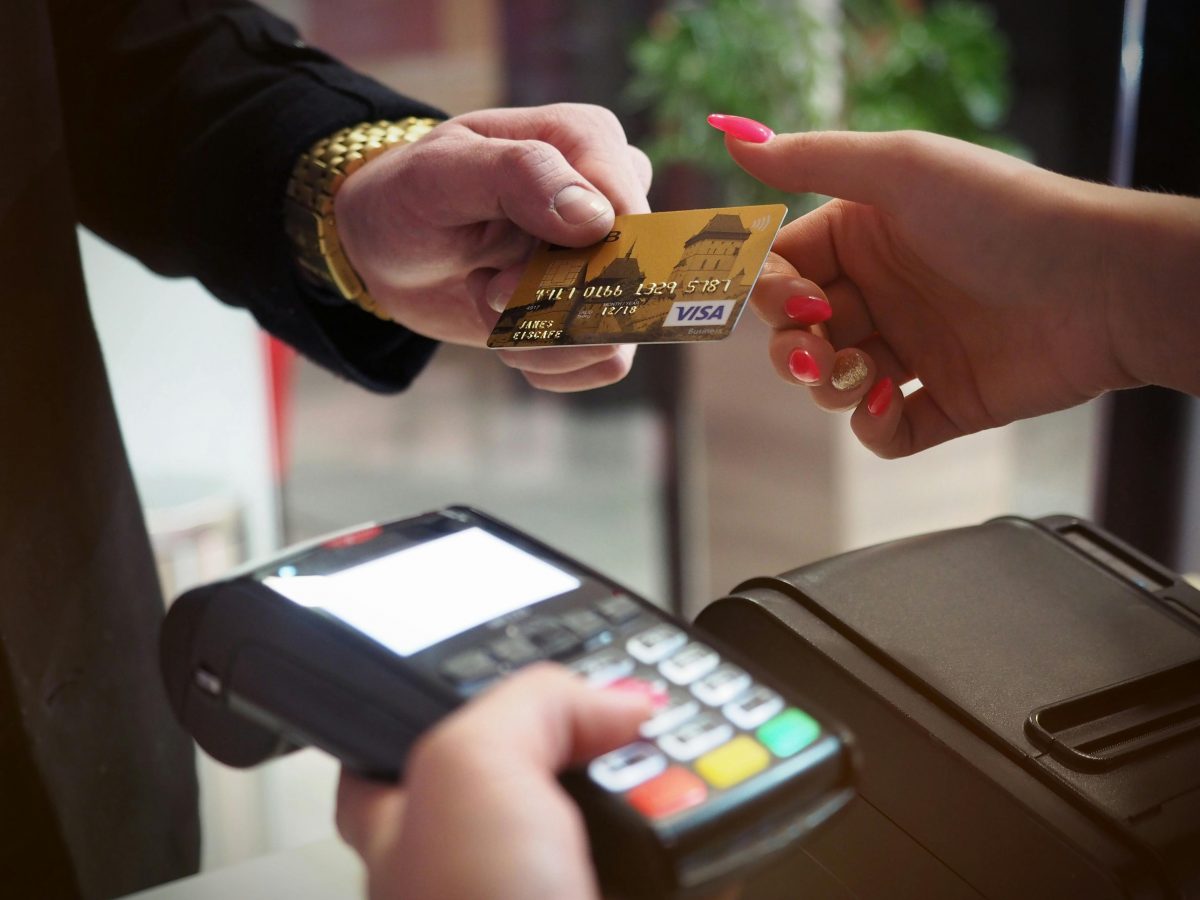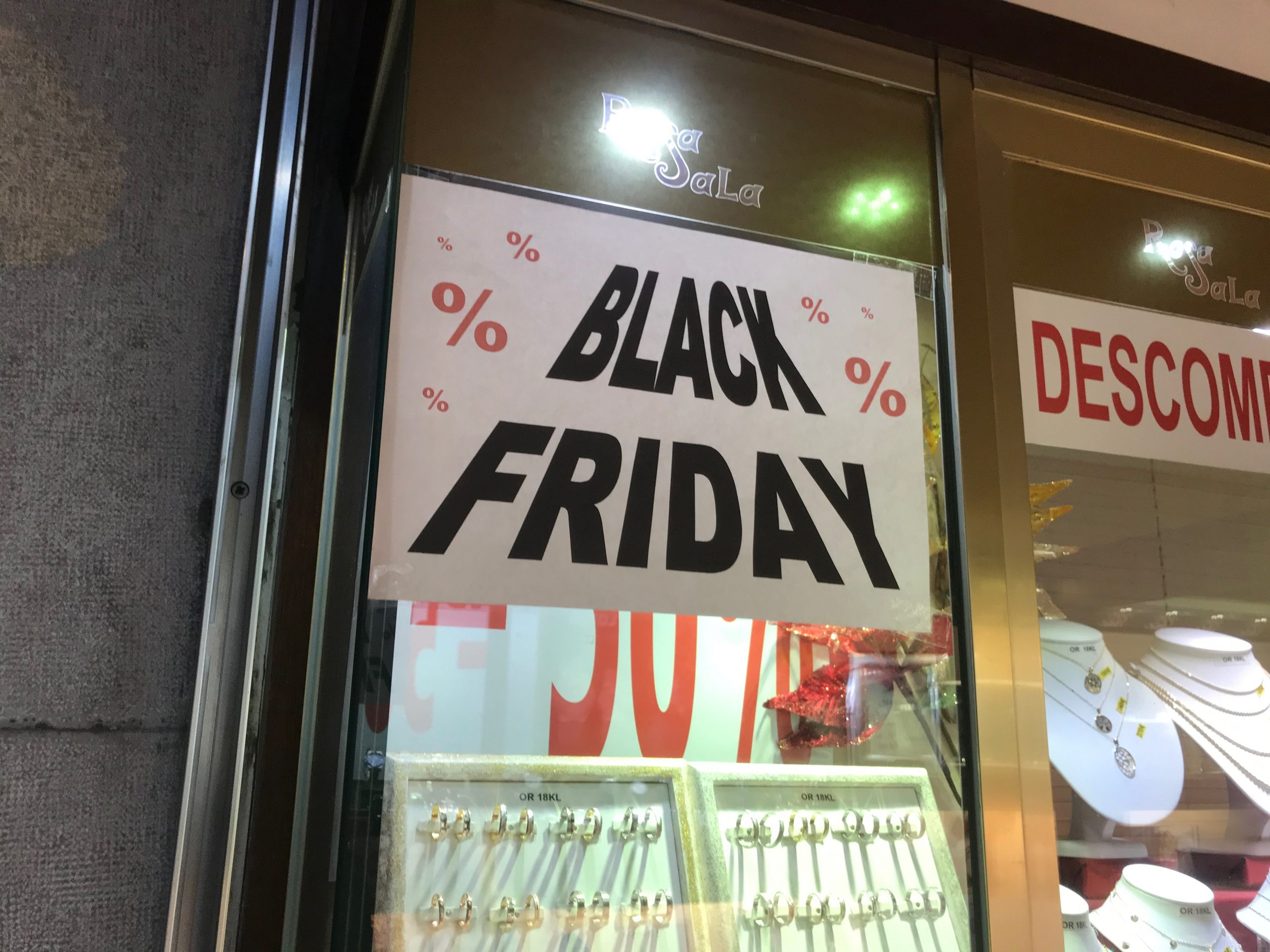By Addison Chrivia, Editor
Every year, without fail, Black Friday sales overtake the public. Bringing with them people fighting over a five-dollar toaster or a limited edition toy, employees being harassed, and companies making a whole lot of money. But are the deals being offered actually worth the trouble? You might suspect that the prices aren’t as good as advertised, or maybe you’ve removed a sale sticker on a product and seen an identical sticker underneath with the exact same original price. However, the rabbit hole of false advertising goes deeper than that.

Many stores, Kohl’s, for instance, intentionally overprice things so they can put them on sale for an average price, so that the customer will believe they’re getting a deal and be more likely to purchase it. In fact, most of these products spend more time of the year on ‘sale’ rather than at the average price. This can lead many customers to purchase things just because they believe they’re getting a good deal. Kohl’s was actually sued for this – the class action lawsuit, while originally dismissed, was reversed, and the prosecutor won over five million dollars, due to the company’s false advertising.¹
Similarly, in a report done by Consumers Checkbook² on online sales, it was found that of the 25 stores investigated, 19 of them had supposed discounts that lasted more than 75% of the 6 months during which prices were checked. Some stores found to be misleading in the study were: Dick’s, JCPenney, Gap, Old Navy, Michaels, and more.

Many companies have started building in a discount on their products, overpricing them while never expecting them to be bought at the original price. Discounts originally were a way for companies to get rid of extra products without taking a huge hit to their profits. In marketing, this kind of advertising is commonly known by the term ‘high-low pricing.’ In other words, they start the price high so they can have an extreme discount later. By inflating the price, they can keep their profit margins high while still being able to use the advertisement of a sale.
In a similar vein to this high-low pricing, many companies have started inflating their prices around the holidays to prepare for discounts. Market Firm LLC, a price tracking firm for the Wall Street Journal, found that “Prices climbed an average of 8% in the weeks leading up to Thanksgiving for 366, or about a fifth, of the products; the items were then discounted on Black Friday.”³ This allows the company to list their discount at a higher percentage, giving the illusion of a great deal, when in fact they never planned to sell the product at the original price.
The Code of Federal Regulations clearly states that if a company lists a product as on sale, it “Should be sufficiently large that the consumer, if he knew what it was, would believe that a genuine bargain or saving was being offered.”⁴ Additionally, it also clarifies that in order to be considered on sale, the product would have needed to be at the original price for a significant amount of time before the sale to qualify. Not following these guidelines isn’t something to take lightly; it’s quite literally breaking the law. This kind of false advertising is illegal and allows those subjected to it an opportunity to sue for damages.
Despite this, many companies get away with these skeevy tactics and false advertising. They’re rarely punished and, even when the issue is taken to court, it’s often dismissed. People have gotten desensitized to these discounts with year-round sales and events like Cyber Monday and Black Friday often turning into week-long, if not month-long, events. It seems that companies are desperate to appear cheap and make a profit in the short term rather than using honesty to promote loyal customers.

So, is a small discount, exaggerated to seem better than it is, worth fighting against savage crowds and long lines? My answer is absolutely not. Instead, skip the Black Friday crowds and buy from local businesses and purchase used items from thrift stores. If you want something specific from a store, track their prices, or check online to see if someone else might have the product cheaper, rather than immediately falling for the sale sticker. Ebay is also a great place to buy used and good quality products; it just takes a bit more effort and searching to find what you want.
Putting in the effort and actively searching and comparing products shows a lot of care for the gifts you’re giving others. Rather than just buying whatever seems like a good deal on the shelf – in other words, getting the same thing everyone is buying – put some thought into it. A good gift can take some time to find. If it seems too good to be true, it probably is; don’t fall for those discount signs!
¹ United States Court of Appeals for the Ninth Circuit. Antonio S. Hinojos v. Kohl’s Corporation, 11-55793. U.S Courts, 2013. Accessed 25 Nov. 2025.
² Brasler, Kevin and Andrea Densmore. “Sale Prices Are Usually Fake Discounts.” Consumers’ Checkbook, November 2025. Accessed 24 Nov. 2025.
³ Kapner, Suzanne. “The Dirty Secret of Black Friday ‘Discounts’.” Wall Street Journal, 25 Nov. 2013. Accessed 24 Nov. 2025.
⁴ United States, Congress, 16 CFR Part 233, Federal Trade Commission. National Archives, 1967. Code of Federal Regulations Congress. Accessed 24 Nov. 2025.







